Guide To Great Basin National Park: What to See in Nevada’s National Park Gem
Great Basin National Park is Nevada’s only “unshared” national park — by unshared, I mean that technically, Nevada has two national parks: Great Basin and Death Valley. However, part of Death Valley lies in California. Not that this matters, but if you’re like me, you love the fun facts.
Another fun fact: Great Basin National Park is one of the most remote national parks in the U.S., and also one of the least visited. But don’t be fooled — that’s certainly NOT because it isn’t stunning or interesting! Quite the opposite, actually.
But what does a visit to Great Basin National Park look like?
Well, imagine being in the mountains, hiking through snow to a glacier. On your way, you pass the oldest trees on Earth and turquoise lakes. After your hike, you drive down the mountain, lined with deep green trees, and nature feels lush and vibrant. But then you reach a viewpoint where you can look down into the valley, and all you can see is the color beige — showing off sand and bare rocks. The pale green sagebrush hides in this monotony of nude tones, but from above, you see only an ocean of sand.
This is exactly what you can experience at Great Basin National Park. It’s such a unique place with so many features that make the park extremely diverse and almost surreal.
If that sounds great to you, grab a cup of your favorite beverage, and let’s dive into the unique features of this hidden gem!
Wheeler Peak Glacier
While many think only of the great deserts spreading across Nevada, the state is also home to a single glacier. The Wheeler Peak Glacier sits high above the deserts in the mountains of Great Basin National Park, at an elevation of 11,500 feet. The 2-acre glacier is one of the southernmost in the United States.
The drive up from the desert, crossing many different biological zones to reach Wheeler Peak, is breathtaking. There is a hike that leads to the glacier and also features many of the other natural wonders Great Basin National Park has to offer.
See below for the trail that features it all!
Alpine Lakes
Great Basin National Park is not only home to a glacier, but also to six subalpine lakes. It blows my mind that this park, which basically sits in the middle of a desert, offers hikes to turquoise alpine lakes that look like they're straight out of the Northern Rocky Mountains! The lake in the picture below is Teresa Lake, which sits in a so-called cirque.
What’s a Cirque?
Cirques are bowl-shaped, amphitheater-like depressions that glaciers carve into mountains and valley sidewalls at high elevations. Often, the glaciers flow up and over the lip of the cirque as gravity drives them downslope. Lakes (called tarns) often occupy these depressions once the glaciers retreat.
And that’s how the cirque that holds Teresa Lake was formed — carved by ancient glacial movement! There are two more lakes (or tarns) in Great Basin National Park that were formed the same way: Baker and Johnson Lakes. While most lakes in the park are only fed by snowmelt, Teresa Lake also has a spring flowing into it.
All the lakes in the park are relatively small, and during the summer, they shrink as snowmelt water evaporates from the surface. If you visit in summer, you can often see how much higher the water level was in spring by looking at the rings left around the lakes.
Teresa Lake sits in a so-called cirque — a bowl-shaped depression carved by a glacier — and its turquoise to emerald-green water in late spring and early summer is just stunning!
The Longest Living Trees on Earth: Bristlecone Pines
Bristlecone Pines are a rare tree species, growing in a few groves in California, Nevada, and Utah. While there are three groves in Great Basin National Park, only Wheeler Peak Grove is accessible by trail.
Many Bristlecone Pines, like the one below, may look dead, but that is often far from the truth! These trees are fascinating organisms — they live in the harshest conditions, where most other plants have NO chance. They often grow on bare rock, withstand storms, freezing temperatures, and snowfall. Their twisted shapes are from exposure to high winds for millennia. Some started growing thousands of years before the Roman Empire, the wheel, and the rise of agriculture.
Bristlecone Pines thrive at high elevations, in groves just below the tree line. The ones that live the longest grow in the harshest conditions and extremely slowly. Since they live where others cannot, they’re protected from wildfires— a threat that shortens their lifespan at lower elevations.
See below for a hike to view these impressive trees!
This Bristlecone Pine is estimated to be 3,200 years old! Yes, it looks barren, but it is very much alive.
Stargazing & Milky Way Viewing
Great Basin National Park is located in a very remote part of the Western U.S. within an area among the darkest places on Earth with literally NO light pollution. So, brace yourself for an incredible night-time display of stars! Gaze into the Milky Way — our home galaxy — while shooting stars cross the sky every once in a while. Stargazing at a TRULY dark place was a highlight among the highlights of our trip. We had never seen such an incredible view of the night sky. Many places in this part of Nevada are SO amazingly remote that there is really not the slightest light pollution.
Late spring to early fall is a great time to see the impressive core of the Milky Way, also called the ‘Milky Way Season’! But, there’s more to keep in mind:
As mentioned above, the Milky Way core is visible in the Northern Hemisphere from roughly late February to October, with the best visibility from May to August when it is visible above the horizon during dark hours.
Aim for the new moon or after moonset.
Stargazing apps like Sky Guide, Stellarium, and Night Sky help you track the Milky Way and other celestial bodies for better viewing.
Use a red light for navigating the darkness, as this color preserves your night vision.
If you would like to learn more about when it is a good time to see the Milky Way or you are interested in capturing a stunning photo of it with your camera, head to my in-depth guide, focused on photographing the Milky Way here.
Even in other remote places, I had never seen the Milky Way as pronounced as in this part of Nevada, where Great Basin National Park is located. This picture was captured at our Airbnb close to the park, but if you’re up for adventure, you can capture our home galaxy within Great Basin National Park, with a potentially more stunning backdrop!
The Hike Combining it all: Bristlecone & Alpine Lakes Loop
📍 Distance: 6.0 miles (9.7 kilometers)
⛰ Elevation Gain: 1,217 feet (370.9 meters)
🔙 Route Type: Loop
This trail takes you along some of the most stunning natural features of the park: 3,000-year-old trees, turquoise alpine lakes, and Wheeler Peak Glacier—the only glacier in Nevada and one of the southernmost glaciers in the entire United States!
For this hike, you’ll drive from the desert to high altitudes of Great Basin National Park and start hiking near Wheeler Peak Campground. At an elevation of around 10,000 feet, you’ll hike through a peaceful forest, passing stunning turquoise lakes on the Alpine Lakes Loop Trail, until you reach the Bristlecone Pine Trail, where you can marvel at the hardy and often barren-looking trees.
Here, you’ll also find informational signs about the Bristlecone Pines. From there, you’ll continue on the Glacier Trail, where the terrain becomes rockier with basically no vegetation except for the occasional wildflower in late spring, as you approach Wheeler Peak Glacier.
Where to Stay
- Campgrounds: There are five campgrounds inside the park. No lodges.
- Dispersed Camping: Lots of public land around the park, so you'll be able to find a nice spot to camp. Make sure to follow Leave No Trace principles.
- Baker (NV): This tiny & quiet desert town with a handful of locally run options just outside the park entrance makes a convenient home base for your visit. The next bigger town with more accommodations is Ely, which is about 1-1.5 hours from the park.
🔎 Still looking?
*These are affiliate links, which means I earn a small commission if you book through them—at NO extra cost to you. It's a great way to support my work!
Know Before You Go
Access & Fees
- No Entrance Fee: Great Basin is free to enter, but Lehman Caves require a ranger-guided tour with tickets. s
- Scenic Drive: The road to Wheeler Peak is steep and winding, and closed in winter.
Best Time to Visit
- Spring (Mar–May): Wildflowers at lower elevations, but snow lingers up at higher elevations. 40–70°F (4–21°C) days, cold nights.
- Summer (Jun–Aug): Prime hiking season; most trails are open. 70–85°F (21–29°C) highs. Afternoon storms are common. Great Milky Way views!
- Fall (Sep–Nov): Cooler weather, golden aspens. Snow may begin by October.
- Winter (Dec–Feb): Snowy and limited access. Wheeler Peak Scenic Drive is closed. Lehman Caves remain open, but you’ll miss much of the park.
Safety
- Altitude Sickness: Many trails start around 10,000 ft. Prepare for thinner air and potential symptoms.
- Limited Services: Little to no cell reception. No gas or convenience stores inside the park—download maps ahead of time.
- Wildlife: Watch for deer, hares, snakes and other animals on roads, especially at dawn/dusk. On trails and at campgrounds, keep your distance and store food securely.
A Personal Note on the Lehman Caves
- You may have noticed that I have not mentioned the Lehman Caves, which are undoubtedly also a major reason for some people to visit.
- I deeply love all parts of nature, but for some reason, caves in general haven’t yet lit a spark inside of me. Perhaps I’ve encountered too many overcrowded caves, whether on tours or hikes. Darkness, narrow spaces, and crowds just don’t sit well with me.
- I will definitely go on a tour to see them at some point, and I am sure there are many interesting things to discover. If you have visited them, let me know in the comments how your experience was and if they may change my mind on caves!
Links
- Official Great Basin National Park Website – For current conditions and more info.
- California to Colorado Road Trip Guide – We visited Great Basin National Park as part of a bigger adventure that led us from San Francisco across Utah and Nevada to Colorado and back. Head to the full article if you're interested!
Follow the Adventure
Latest on the Blog
Search
📌 Pin for later
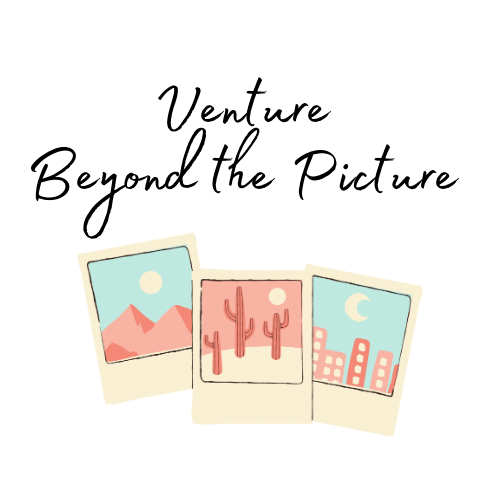

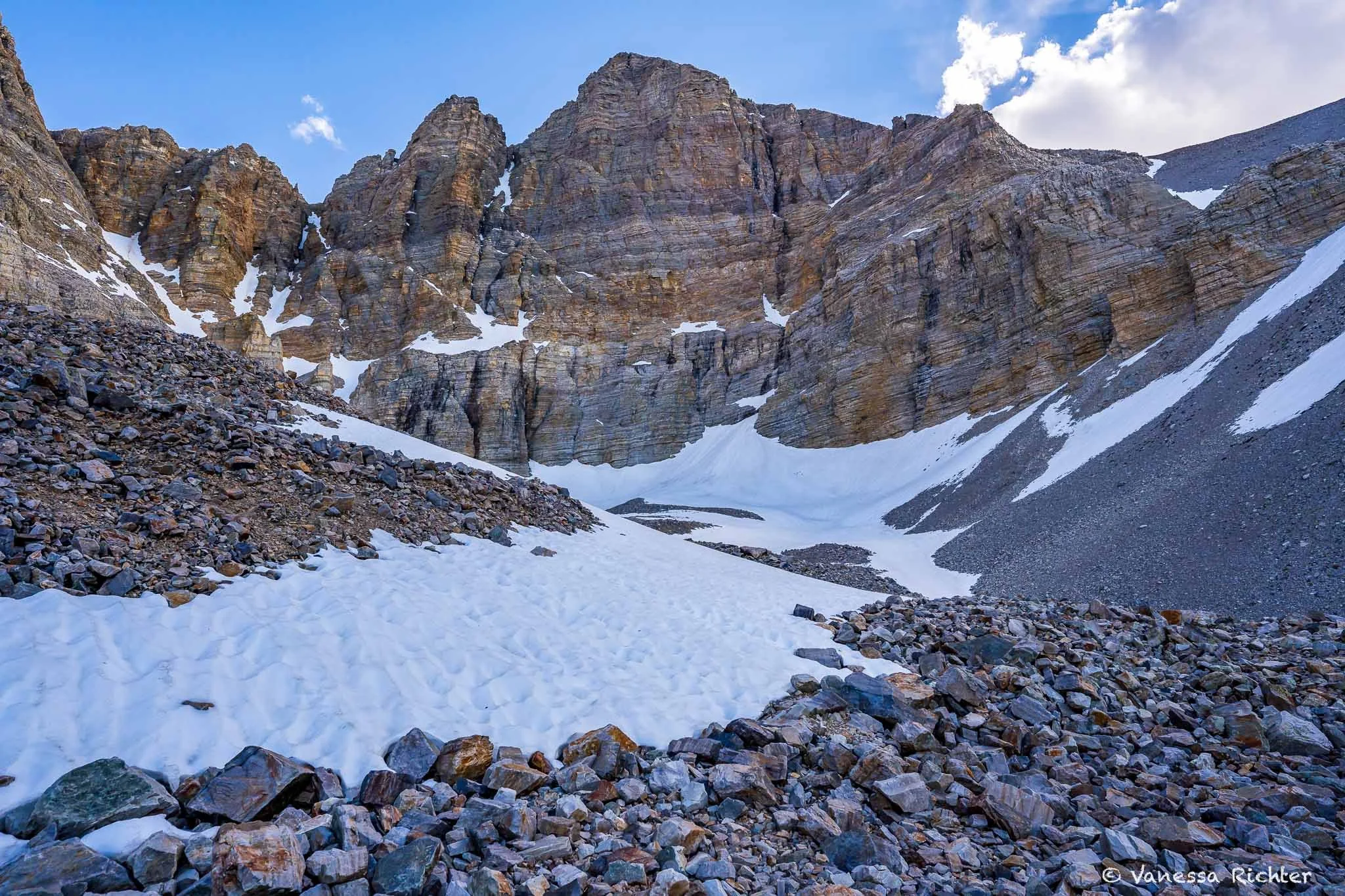

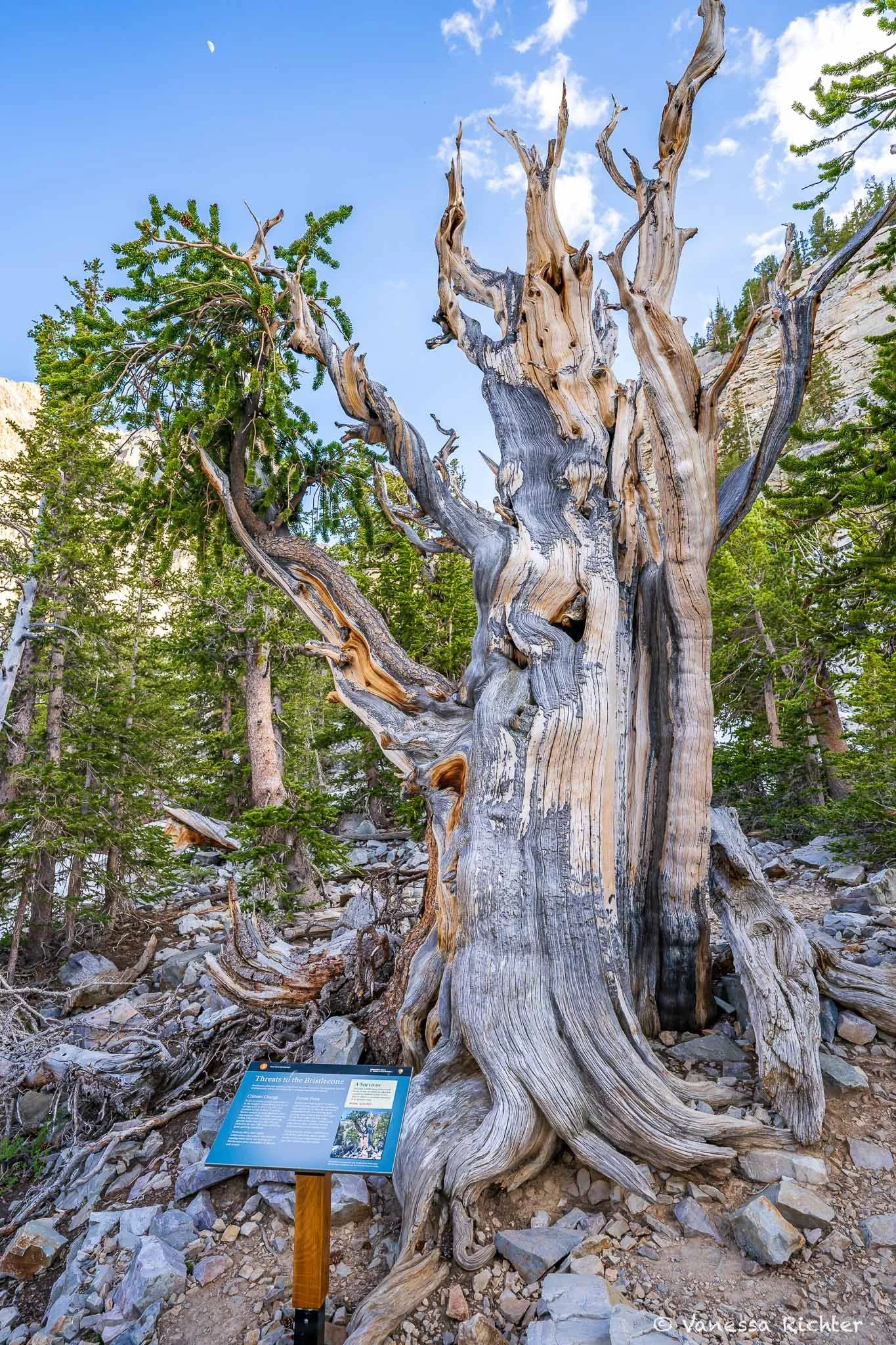
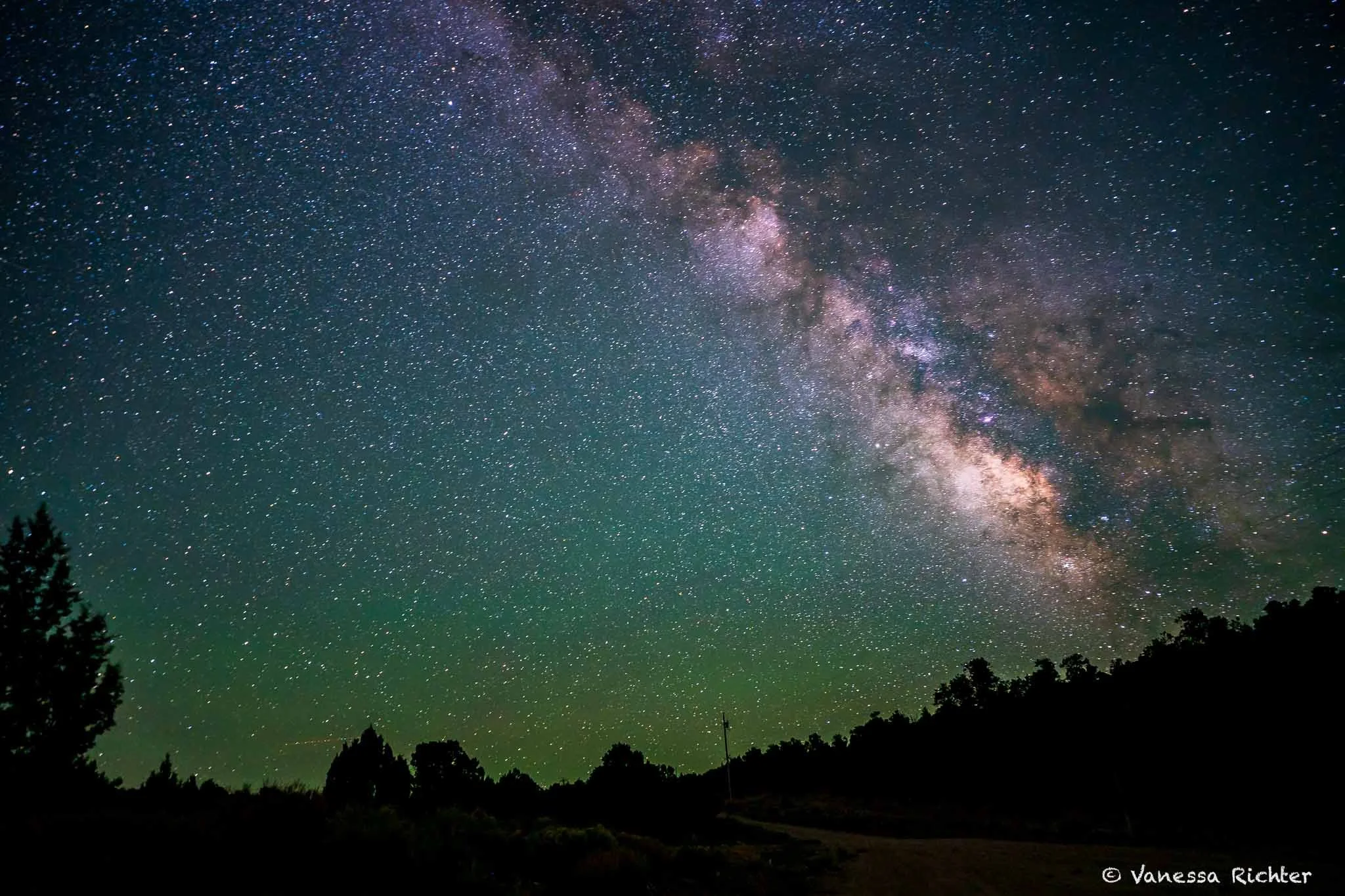



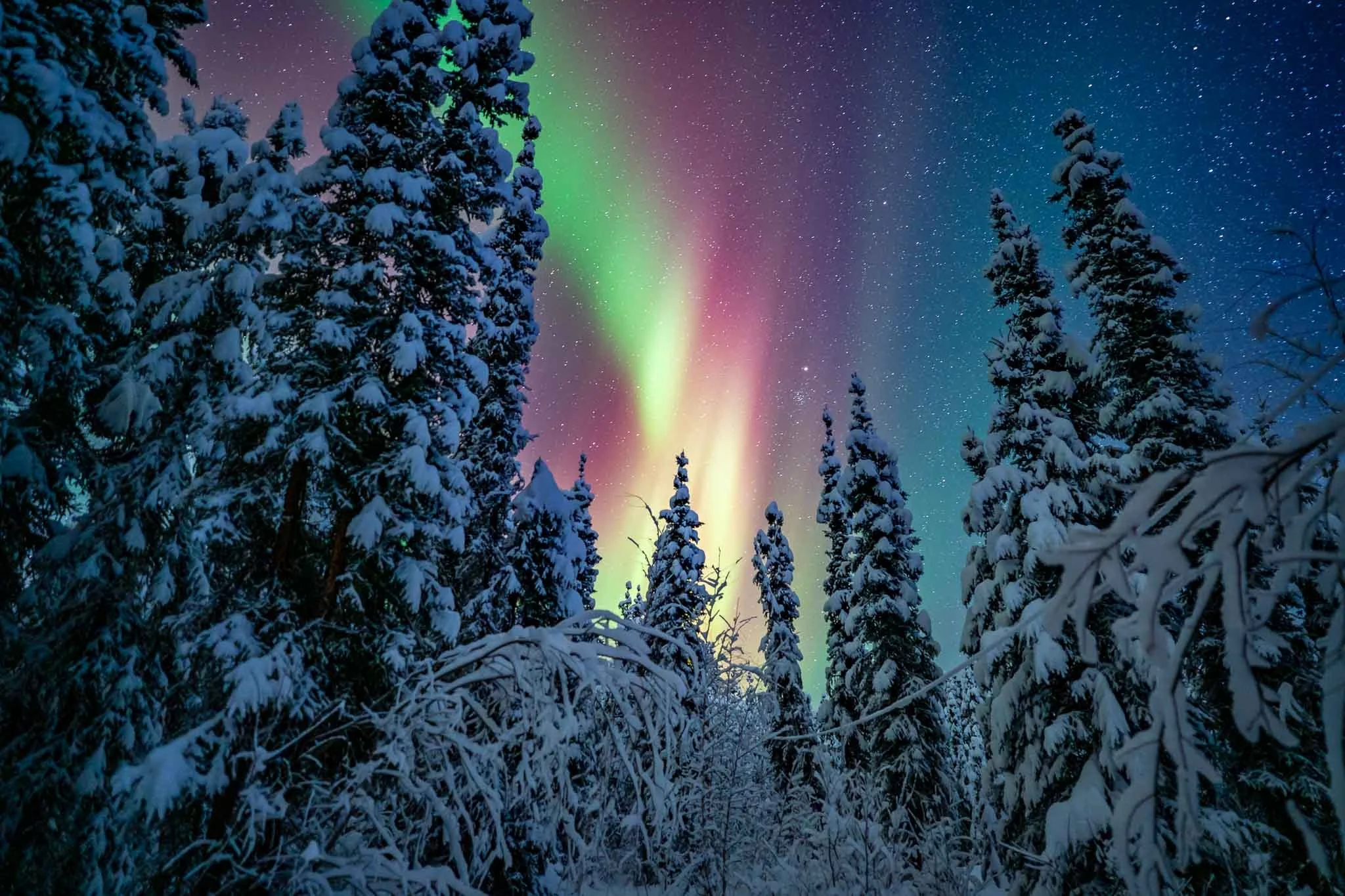
I’m the face, writer, and photographer behind Venture Beyond the Picture.
You’re in the right place if you’re looking for nature-focused travel guides, real tales from the trails, and photography that celebrates wild landscapes, fascinating wildlife, and the quiet beauty of nature.
I hope what you find here helps you plan your adventures across the Western U.S., capture the outdoors through your own lens, and spark new inspiration.